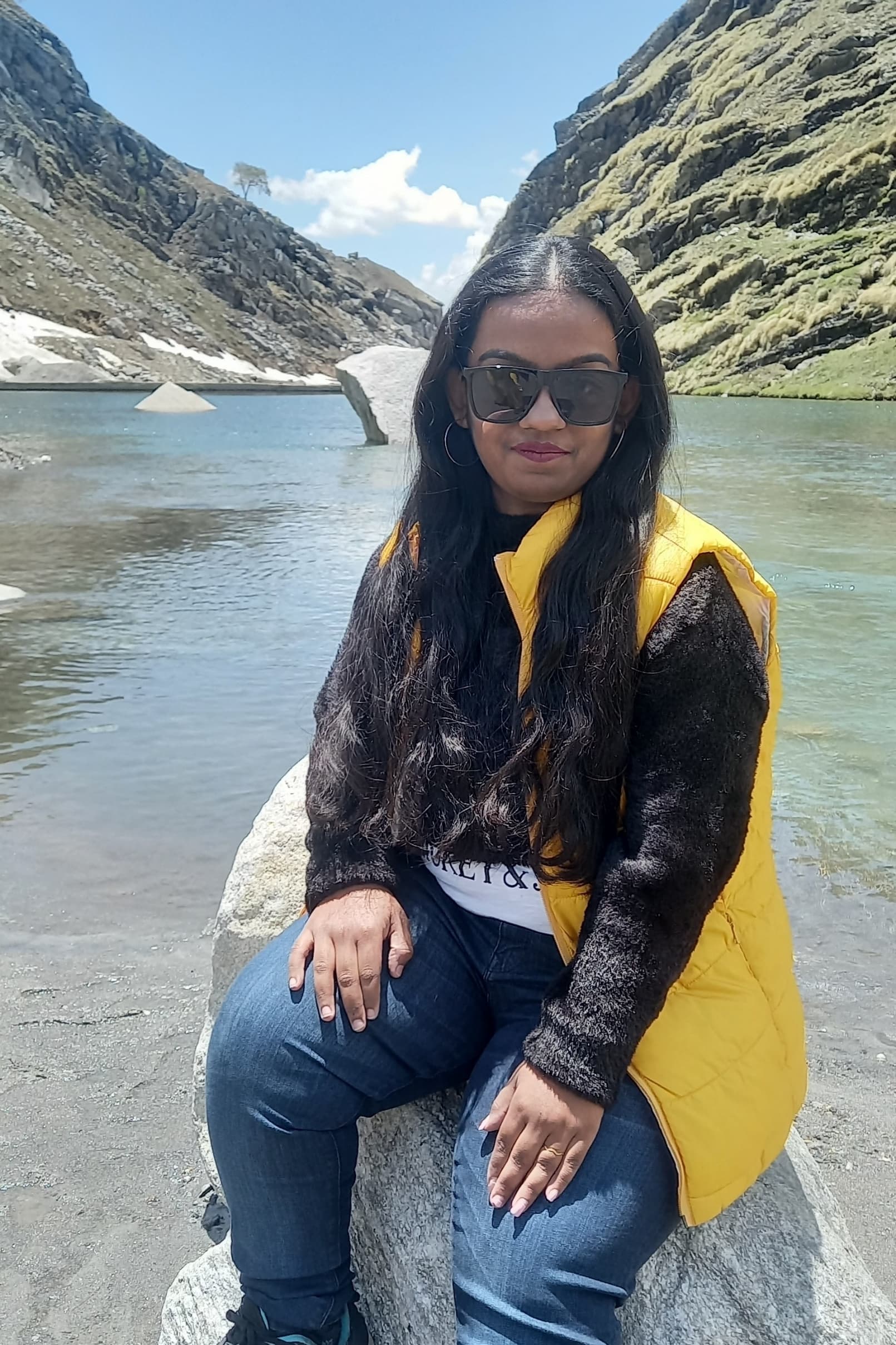Navigating Last-Chance Tourism: An Ethical Guide
When Cédric Duroux stood on a remote Icelandic mountain in 2018, believing he was gazing at a glacier, the gentle correction from his guide—that everything around him used to be ice—was a profound moment.
"That's when I realised how serious the situation was," he shared.
This is the heart of last-chance tourism: the controversial "see-it-before-it's-gone" practice of traveling to destinations rapidly vanishing due to climate change.
From melting glaciers to submerging islands and bleached coral reefs, these journeys are increasingly popular.
The Double-Edged Glacier
The debate around this type of travel is intense. On one hand, the carbon footprint of flying to these remote places can accelerate the very decline visitors are witnessing.
The sheer volume of travelers often exceeds a destination's capacity, leading to negative impacts.
Iceland, for instance, a nation of 400,000, now sees half a million tourists yearly for glacier tours. Mass tourism has damaged coral reefs in the Great Barrier Reef and introduced invasive species to Antarctica.
On the other hand, advocates argue that if done responsibly, this practice can be a powerful catalyst for preservation. Coming face-to-face with the devastating reality of climate change can create a deep, personal attachment that inspires meaningful action.
It's a tricky balance:
How do we inspire action without accelerating destruction?
The key lies in shifting the focus from simply seeing to actively saving.
If you knew your visit to a "last-chance" destination could potentially accelerate its decline, would you still choose to go, and why or why not?

